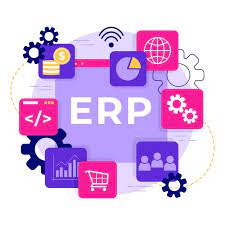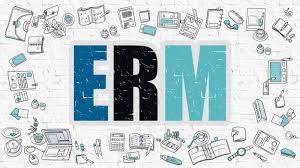ERM/ERP
The key components of ERM include risk identification, risk assessment, risk mitigation, risk monitoring, risk reporting, and fostering a risk-aware culture. While ERP focuses on integrating and optimizing business processes, ERM focuses on identifying and managing risks to enhance overall business resilience and success. However, there is some overlap between the two concepts, as certain ERP systems may include basic risk management functionalities. Nonetheless, ERM typically involves a broader and more comprehensive assessment of risks beyond the scope of traditional ERP systems.


ERP stands for “Enterprise Resource Planning.” It refers to a suite of integrated software applications that facilitate the management of various business processes and functions within an organization. ERP systems are designed to streamline and automate processes across different departments, such as finance, human resources, supply chain, inventory, sales, and more. By centralizing data and providing real-time insights, ERP systems help improve operational efficiency, collaboration, and decision-making.
ERM, as explained earlier, stands for “Enterprise Risk Management.” It is a strategic approach that organizations use to identify, assess, and manage risks across all aspects of their operations. ERM aims to minimize potential threats to the achievement of organizational objectives while also capitalizing on opportunities.
